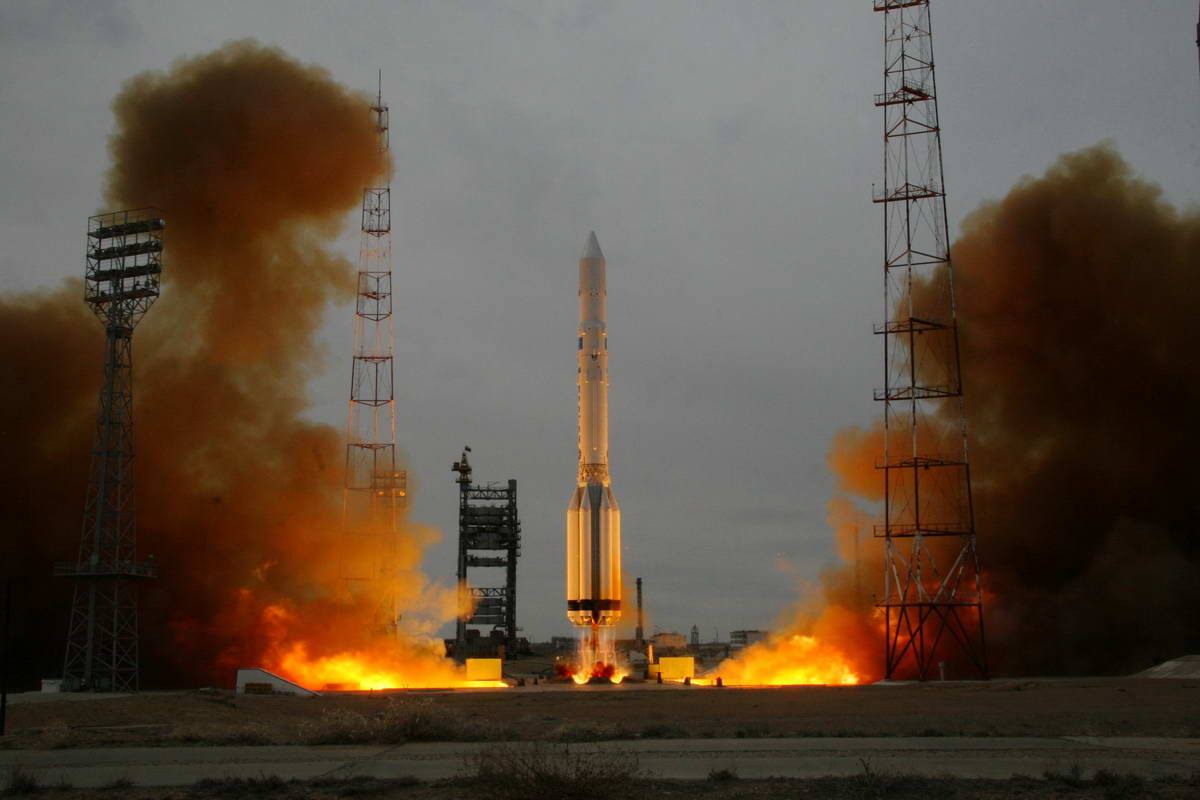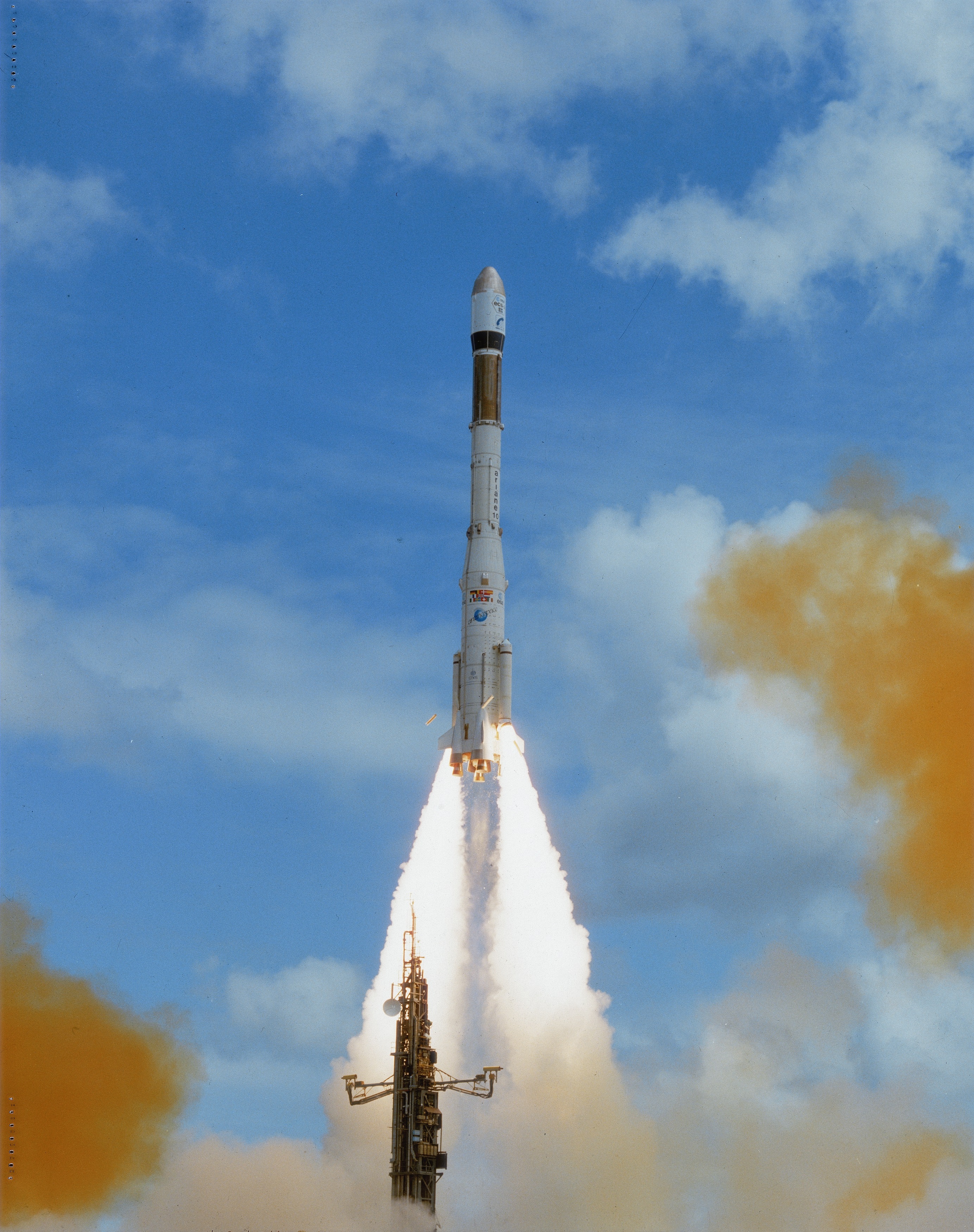Previous Spaceflight Launches
Filter by Agency, Locations or Vehicles
Show All LaunchesSoyuz U | Zenit-8 53
Russian Federal Space Agency (ROSCOSMOS) | RussiaBaikonur Cosmodrome, Republic of Kazakhstan
Oct. 9, 1987, 8:30 a.m.
Proton | Potok 4
Khrunichev State Research and Production Space Center | RussiaBaikonur Cosmodrome, Republic of Kazakhstan
Oct. 1, 1987, 5:09 p.m.
Soyuz U | Bion 8
Russian Federal Space Agency (ROSCOSMOS) | RussiaPlesetsk Cosmodrome, Russian Federation
Sept. 29, 1987, 12:49 p.m.
Soyuz-U2 | Progress 32
Soviet Space Program | RussiaBaikonur Cosmodrome, Republic of Kazakhstan
Sept. 23, 1987, 11:43 p.m.
Soyuz U | Yantar-4K2 33
Russian Federal Space Agency (ROSCOSMOS) | RussiaPlesetsk Cosmodrome, Russian Federation
Sept. 17, 1987, 2:59 p.m.
Scout G-1 | Transit-O 27,29
Vought | United States of AmericaVandenberg SFB, CA, USA
Sept. 16, 1987, 7:22 p.m.
Status: Launch Successful
Mission:
The Transit-O series of satellites that closely followed the design of Transit 5C-1 were also called “Oscars” (Oscar is the phonetic alphabet for “O”, i. e., operational). They were also called NNS (Navy Navigation Satellite) or shortened NavSat.
Polar OrbitProton | Uragan 20 to 22
Khrunichev State Research and Production Space Center | RussiaBaikonur Cosmodrome, Republic of Kazakhstan
Sept. 16, 1987, 2:53 a.m.
Ariane 3 | Aussat A3 & ECS 4
Aérospatiale | FranceGuiana Space Centre, French Guiana
Sept. 16, 1987, 12:45 a.m.
Soyuz U | Resurs-F1 17F40 107L 6
Russian Federal Space Agency (ROSCOSMOS) | RussiaPlesetsk Cosmodrome, Russian Federation
Sept. 15, 1987, 10:30 a.m.
Soyuz U | Yantar-4KS1 8
Russian Federal Space Agency (ROSCOSMOS) | RussiaBaikonur Cosmodrome, Republic of Kazakhstan
Sept. 11, 1987, 2:06 a.m.






